
Saguaros: Living Bouquets of the Sonoran Desert (Photos)
An Approaching Feast

The saguaro fruit begins to mature between 31 and 45 days after fertilization. The first sign of the impending feast for hungry desert animals is the appearance of a red ring around the top of the fruit. Often rain hasn't fallen in the Sonoran Desert for upward of 100 days by this point, so this explosion of edible fruit has always been a key source of food for both animals and the indigenous people of this desert.
The Ripening Fare
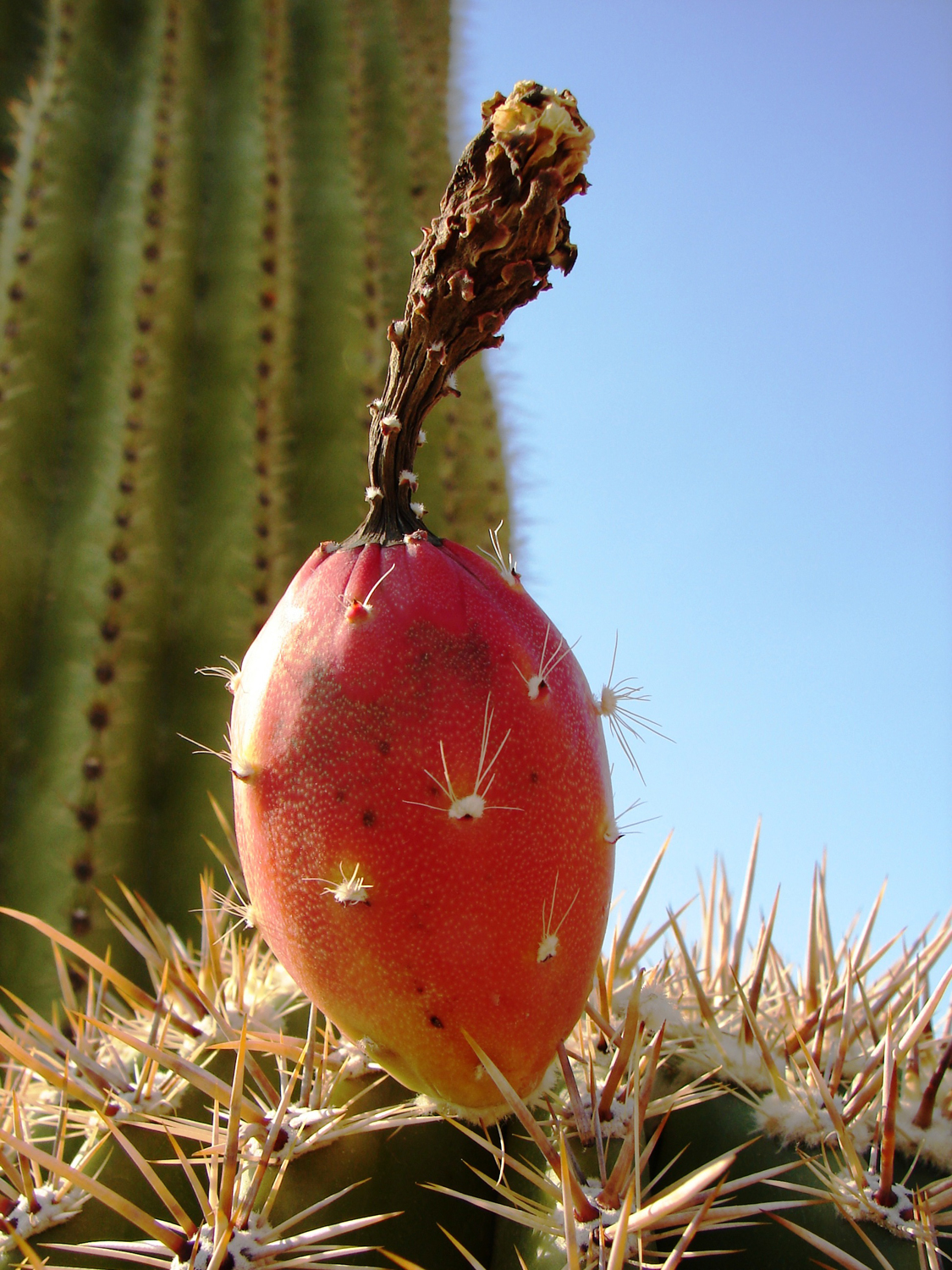
The fruit continues to ripen in the ever-warming desert heat, still attached to the areoles of the saguaro. The cream-colored flower is now just a dried-up, hard, brown relic of nature's beauty that was on display only a month earlier. The hard, sharp spines (which are actually modified leaves) of the saguaro also grow from the cactus' areoles. They not only protect this arborescent cactus from grazing animals, but also act as an ever-moving pattern of shade for the waxy stem and windbreaks from the dry, desert air.
Opportunity to Survive

Each saguaro fruit holds up to 2,000 shiny black seeds plus sweet fleshy connective fibers. The seeds are no bigger than the head of a straight pin. If the average saguaro produces 200 fruits per year and has a reproductive life span of 100 years, it will produce over 40 million viable seeds in its lifetime. Scientists estimate that only one of those 40 million seeds will survive to become another seed-producing, mature saguaro.
The Feast Presented

saguaro fruits. The fleshy fruit has an unmistakable odor, similar to that of a fine red wine. For the animals of the desert, the saguaro fruits provide a welcomed feast during the driest time of the Sonoran Desert year. Birds and insects dine on the fruits while they are still attached to the saguaro and once the fruit falls to the ground, every living animal of the desert can join in the annual feast.
Cherished Meals
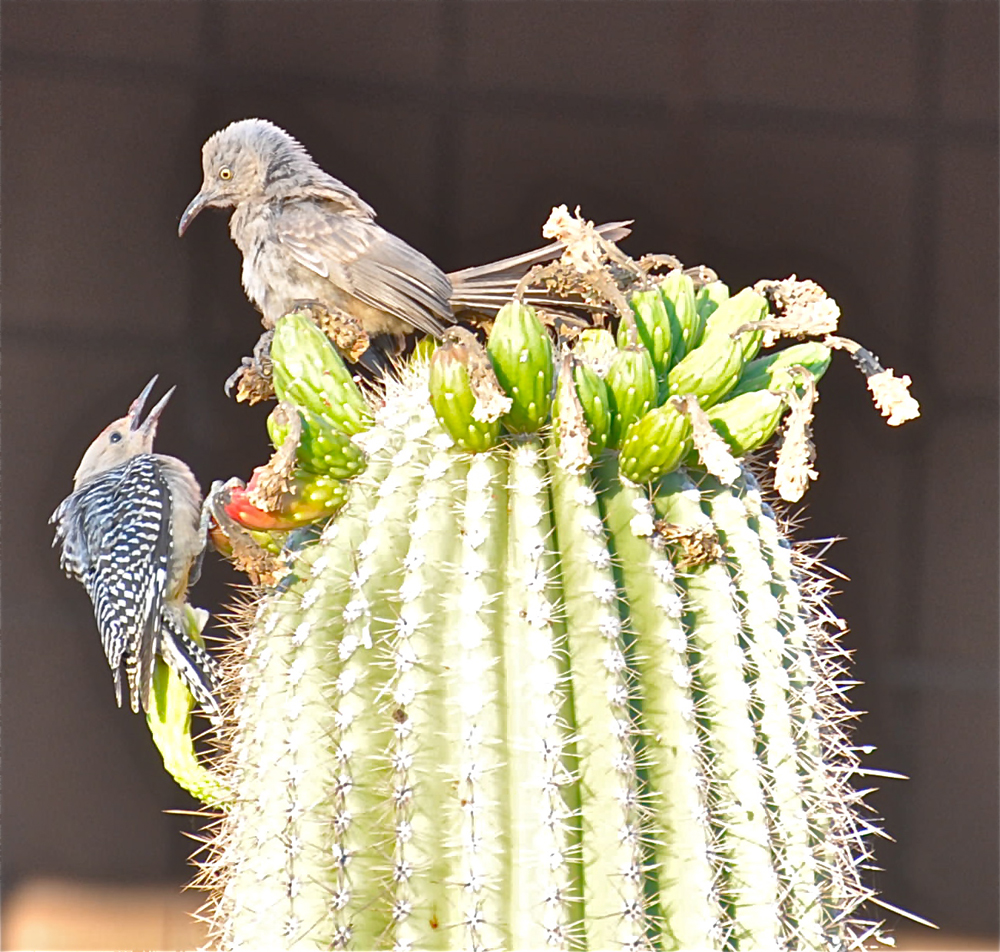
Here, a male Gila-woodpecker and a curved billed thrasher have an early morning disagreement as to who will dine on this fruitful gift of the saguaro cactus.
The Circle of Life
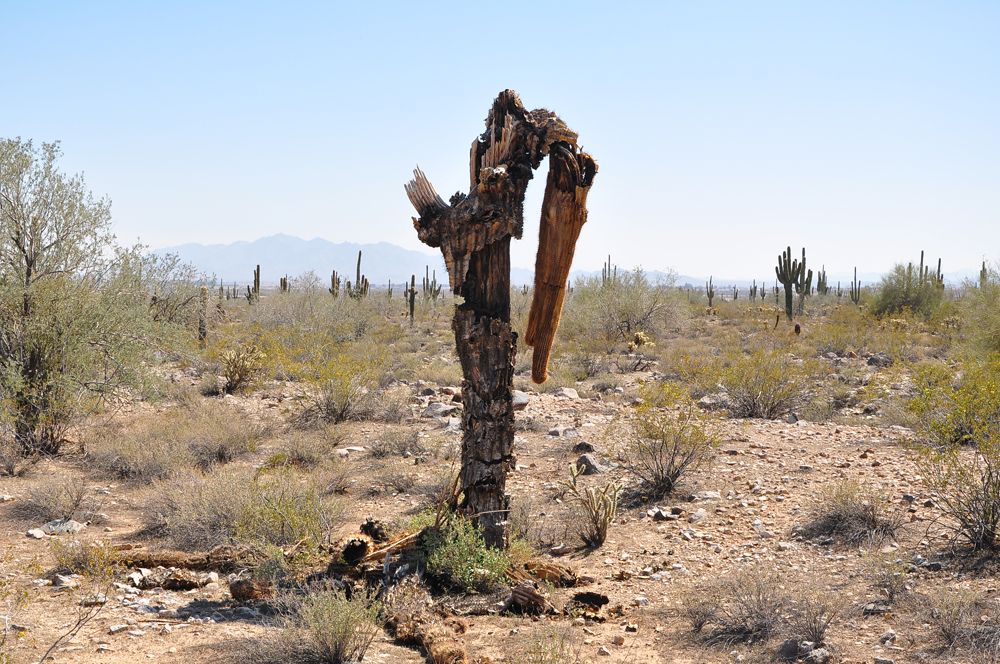
Modern American scientists have never documented the complete life cycle of a saguaro cactus. The first scientists arrived with the U.S. Army in the mid-1850s, and if saguaros can live for up to 200 years, their complete life cycle has yet to be seen and recorded. But death does come to these desert giants, sometimes caused by bacterial disease and other times by nature's forces. Saguaros have a very shallow taproot (only about 3 feet (1 m) deep), but a broad system of shallow lateral roots that can extend from the plants for 50 feet (15 m). High winds are often the natural cause of a saguaro's death.
Strong Support System
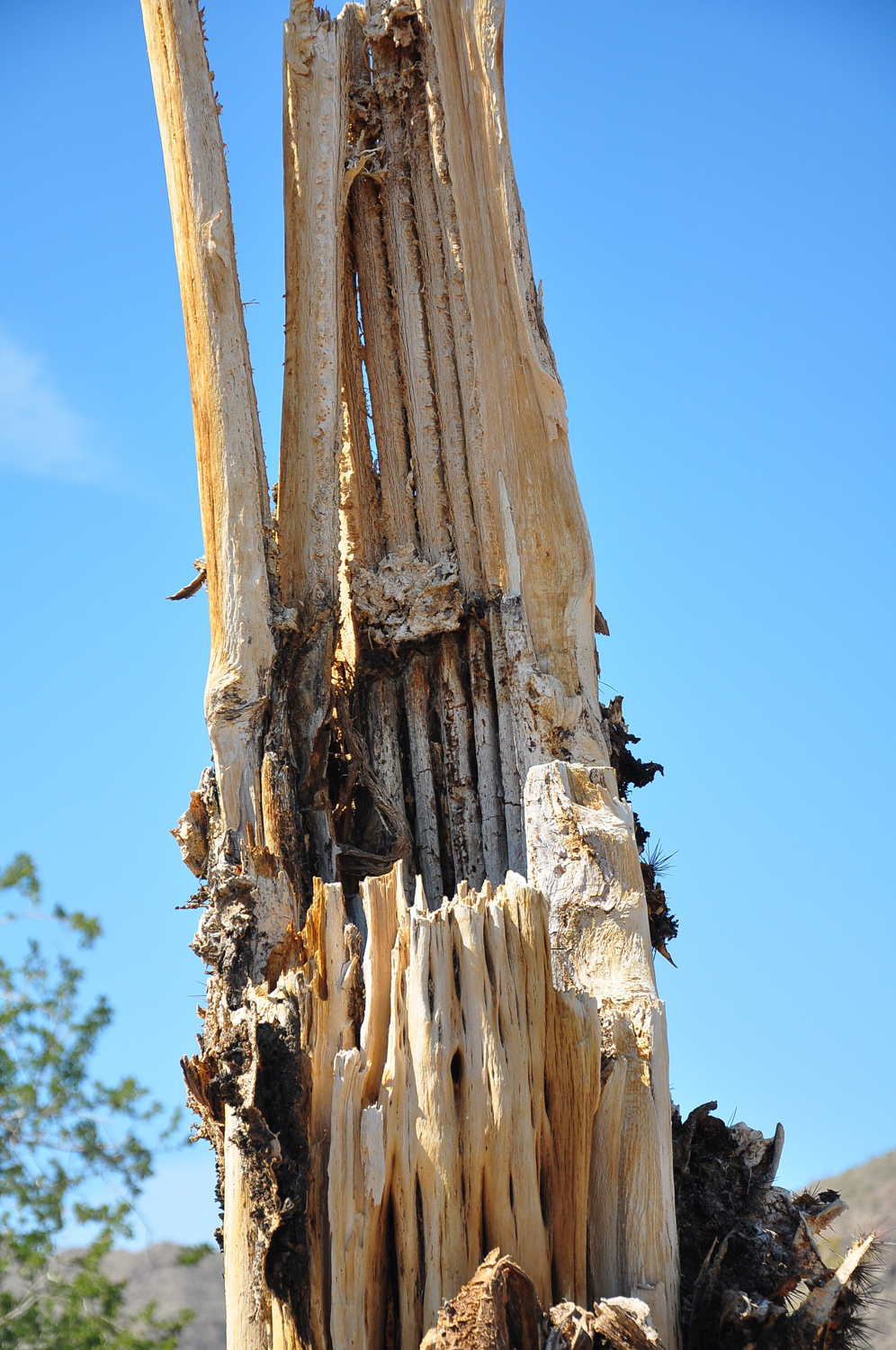
With the rotting away of the fleshy, water-storing outer tissue, the wooden ribs of the saguaro become visible. It is this ring of 12 to 30 vertical wooden ribs that extend to the entire height of the stem and length of each arm and provide the support necessary for the saguaro to grow to such great heights. The number of ribs inside the saguaro corresponds to the number of pleats on the outside skin of the saguaro. Since the majority of a living saguaro is made up of stored water, these ribs are strong enough to support an adult plant weighing upwards of 6 tons or more.
Get the world’s most fascinating discoveries delivered straight to your inbox.
Officially Chosen

But now it is May once again in the Sonoran Desert, and the living saguaros are exploding into full bloom. Their flower has been enjoyed and cherished by generations of humans who make their home in this desert land. The flower became the Official Flower of the Territory of Arizona in 1901 and was reaffirmed the Official Flower of the State of Arizona in 1931.
Opportunity for Beauty
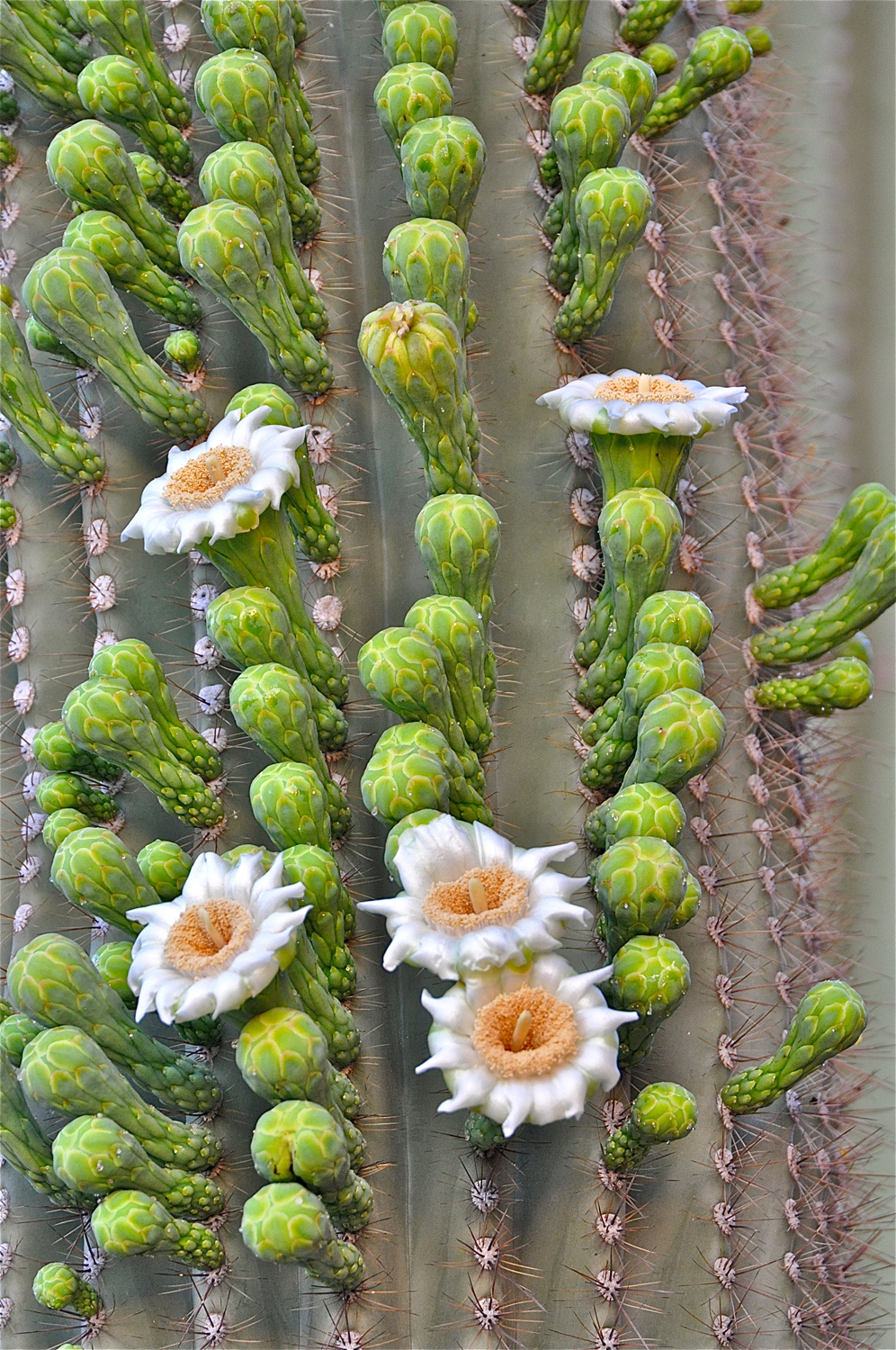
The many patterns of blooms and buds are worthy of the grand prize in any natural art show. And with the opening and shutting of blooms each day, the saguaro provides an ever-changing living canvas.
A Gift from the Desert
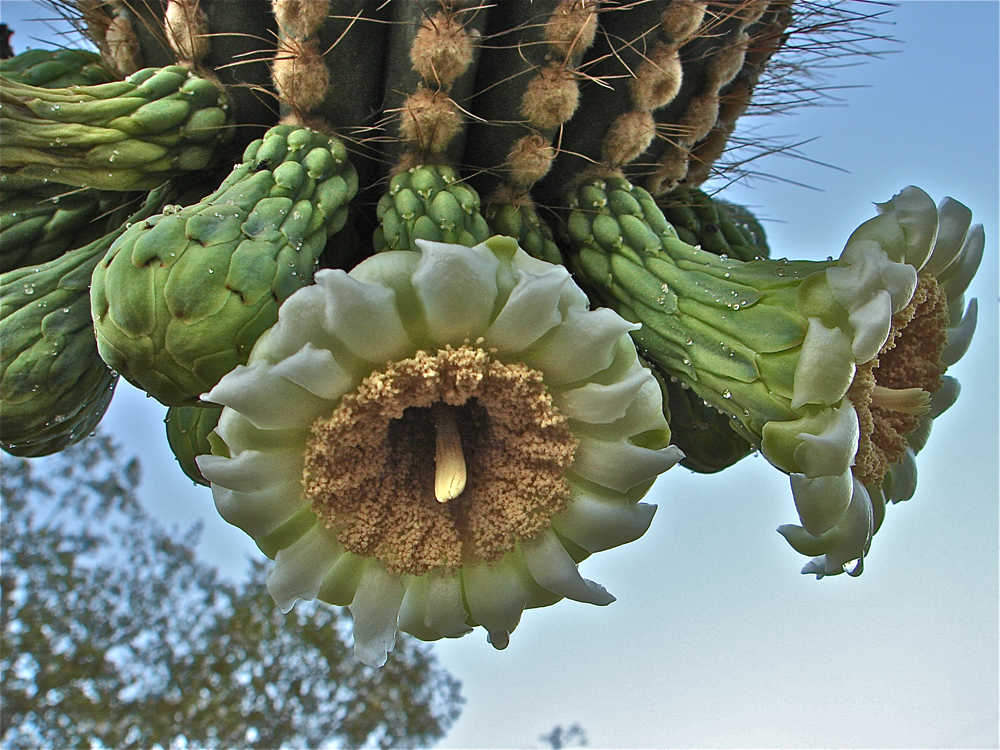
One thing is for sure, the flowers of the saguaro cactus continue to provide an amazing bouquet of natural beauty. Happy Mother's Day from the grandeur of the Sonoran Desert!
 Live Science Plus
Live Science Plus





